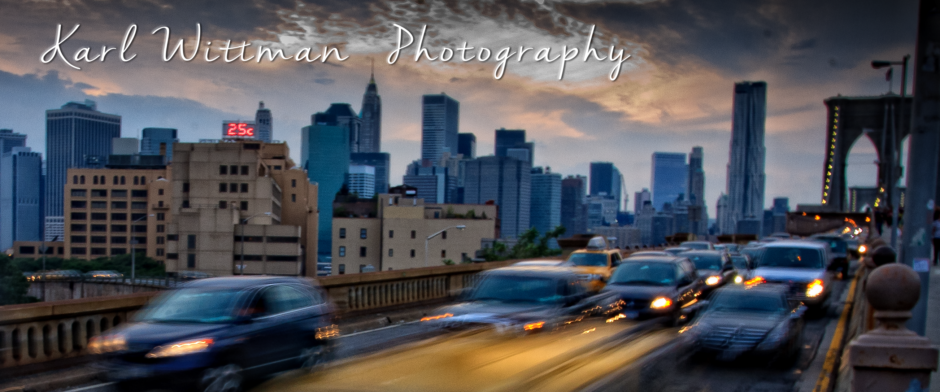We came across a clutch of 5 baby alligators on our walk through Green Cay in the morning. Here is a photo of one of them. Since breeding season for ‘gators is in April, it is not uncommon to see these little guys now.
The eggs of an alligator are found in nests that the female constructs in the marshy areas of wetlands like Green Cay. Although we did not see either mom or dad, you can be sure they were nearby. Baby gator groups are called “pods” and they often stay together for some time. The small gators are easy prey for snakes, wadding birds, Ospreys, raccoons and even large fish when the gators are really small.

















